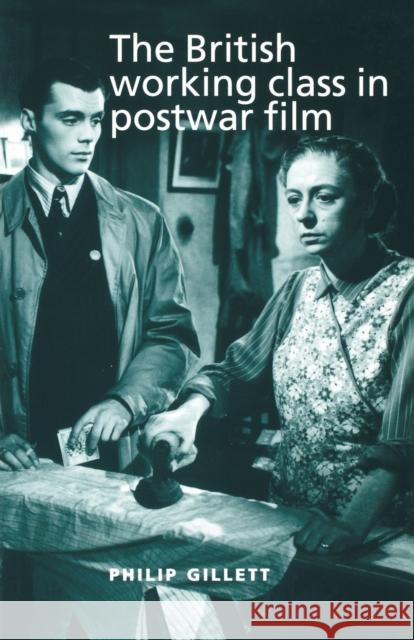The British Working Class in Postwar Film » książka
The British Working Class in Postwar Film
ISBN-13: 9780719062582 / Angielski / Miękka / 2003 / 240 str.
An incidental pleasure of watching a film is what it tells us about the society in which it is made. Using a sociological model, The British working class in postwar film looks at how working-class people are portrayed in British feature films from the decade after the Second World War. Though some of the films examined are well known, others have been forgotten and deserve reassessment. Original statistical data is used to assess the popularity of the films with audiences. With an interdisciplinary approach and the avoidance of jargon, this book seeks to broaden the approach to film studies. Students of media and cultural studies are introduced to the skills of other disciplines, while sociologists and historians are encouraged to consider the value of film evidence in their own fields. The work should appeal to all readers interested in social history and in how cinema and society interact. 1. Exploring a lost culture 2. Who were the workers? 3. The guns fall silent: Recollections of war 4. People don't lock their doors: The working-class community 5. Family fortunes: Portrayals of the working-class family 6. Going up in the world: Goodbye to the working class 7. The wrong side of the law: Who were the criminals? 8. Going to the bad: The treatment of the young offender 9. The Janus faces of the dance hall 10. Echoes of applause: From music hall to celluloid 11. Think of the kids: The postwar child in films 12. The looking-glass world of the cinema Appendix Bibliography Filmography Index











